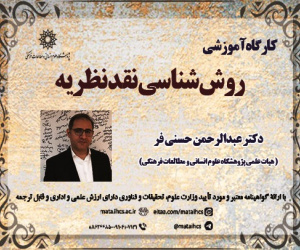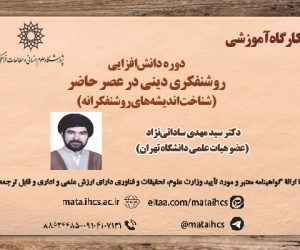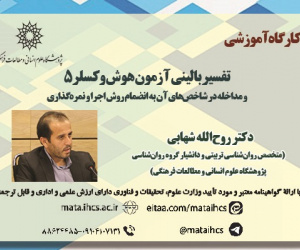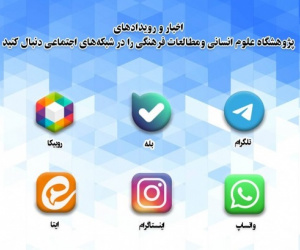سنجش برنامه درسی آموزش ابتدایی دانشگاه فرهنگیان بر اساس سند تحول بنیادین آموزش و پرورش (مقاله علمی وزارت علوم)
درجه علمی: نشریه علمی (وزارت علوم)
حوزههای تخصصی:
شماره صفحات:
۲۱۳ - ۲۲۶
دریافت مقاله
آرشیو
چکیده
زمینه و هدف: برنامه درسی مسیر و اهداف هر نظام آموزشی را تعیین و مشخص می نماید بنابراین اهمیت این برنامه در موفقیت نظام آموزشی اجتناب ناپذیر است. هدف این پژوهش سنجش برنامه درسی آموزش ابتدایی دانشگاه فرهنگیان بر اساس سند تحول بنیادین آموزش وپرورش بود. روش: پژوهش حاضر ازنظر هدف، از نوع تحقیقات کاربردی، از لحاظ مبنای داده ها و چارچوب پارادایمی آن، از نوع تحقیقات کمی می باشد. جامعه آماری شامل اساتید مجموعه علوم تربیتی می باشند که این اساتید از پنج استان (دانشگاه فرهنگیان تبریز، دانشگاه فرهنگیان تهران، دانشگاه فرهنگیان مازندران، دانشگاه فرهنگیان خراسان رضوی و دانشگاه فرهنگیان قم) انتخاب شدند که جامعه آماری به تعداد 420 نفر بودند که 201 نفر با استفاده از جدول مورگان انتخاب شدند. ابزار پژوهش شامل پرسشنامه محقق ساخته بود. جهت تعیین روایی صوری و محتوایی، نظرات خبرگان مجموعه علوم تربیتی دانشگاه فرهنگیان جمع آوری شد. جهت تحلیل داده ها از نرم افزاری Spss21 و Smart pls3 استفاده شد. یافته ها: یافته ها نشان داد که برنامه درسی آموزش ابتدایی دانشگاه فرهنگیان دارای 6 مولفه شامل اصلی هدف برنامه درسی، محتوای برنامه درسی، راهبردهای یاددهی-یادگیری، روش های ارزشیابی، عوامل مداخله ای برنامه درسی و مضمون اصلی پیامدها در الگوی برنامه درسی رشته آموزش ابتدایی مؤثر هستند. نتیجه گیری: می توان نتیجه گرفت طراحان برنامه درسی دانشگاه فرهنگیان از عوامل مؤثر در برنامه درسی می توانند برای کیفیت آن استفاده کنند.Evaluation of the primary education curriculum of Farhangian University based on the Fundamental Transformation of Education document
Background and purpose: Curriculum determines and specifies the path and goals of every educational system, so the importance of this program in the success of the educational system is inevitable. The purpose of this research was to evaluate the primary education curriculum of Farhangian University based on the Fundamental Transformation of Education document. Method: In terms of the purpose, the current research is of the type of applied research, in terms of the basis of data and its paradigm framework, it is of the type of quantitative research. The statistical population includes the professors of educational sciences, and these professors were selected from five provinces (Tabriz Farhangian University, Tehran Farhangian University, Mazandaran Farhangian University, Khorasan Razavi Farhangian University, and Qom Farhangian University). The statistical population was 420 people, of which 201 The use of Morgan's table was selected. The research tool included a researcher-made questionnaire. In order to determine the validity of form and content, the opinions of experts of educational sciences of Farhangian University were collected. Spss21 and Smart pls3 software were used for data analysis. Findings: The findings showed that the curriculum of elementary education of Farhangian University has 6 components, including the main goal of the curriculum, content of the curriculum, teaching-learning strategies, evaluation methods, intervention factors of the curriculum and the main theme of outcomes in the curriculum model of the field of effective elementary education. Conclusion: It can be concluded that the curriculum designers of Farhangian University can use effective factors in the curriculum for its quality.







